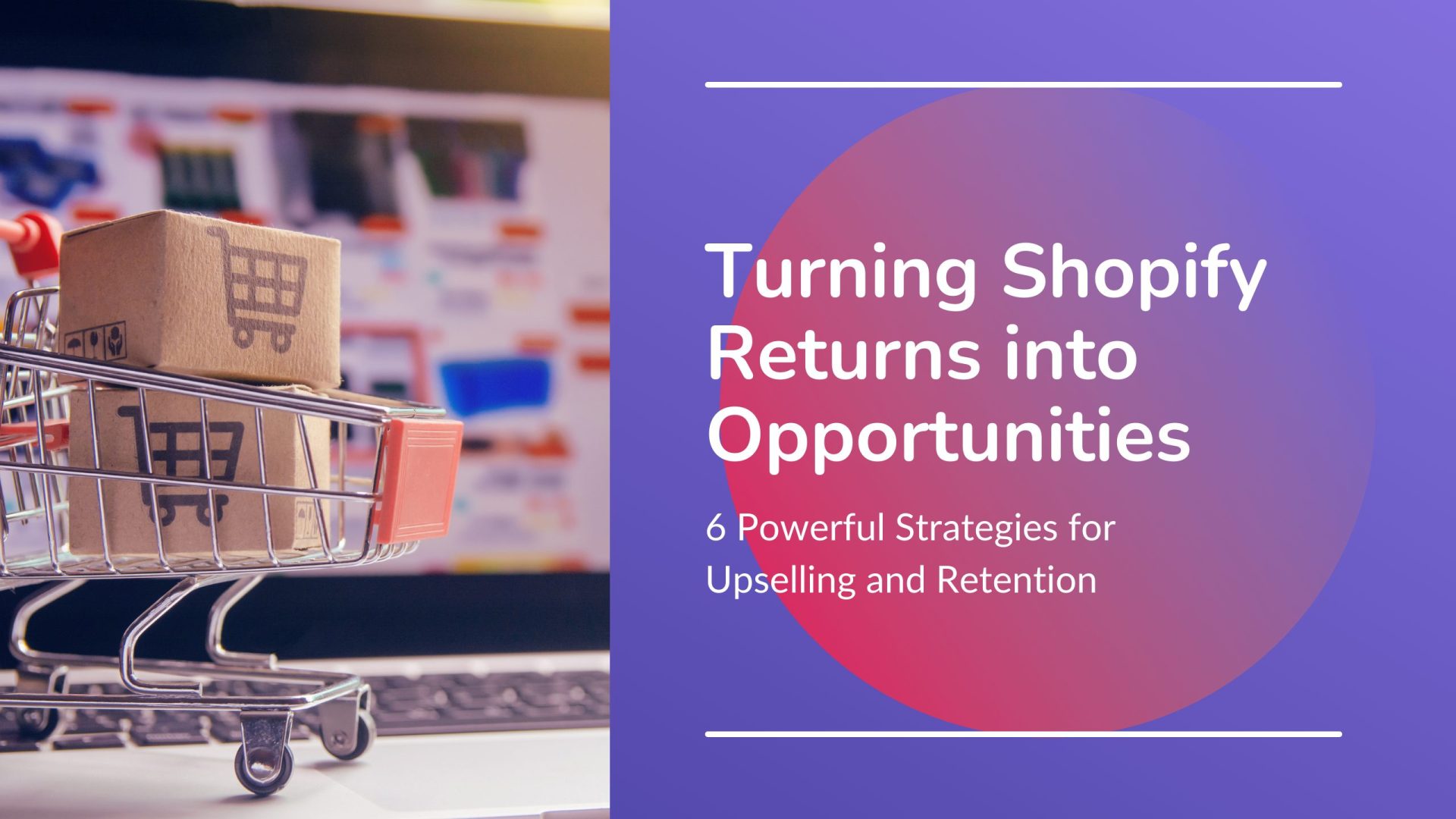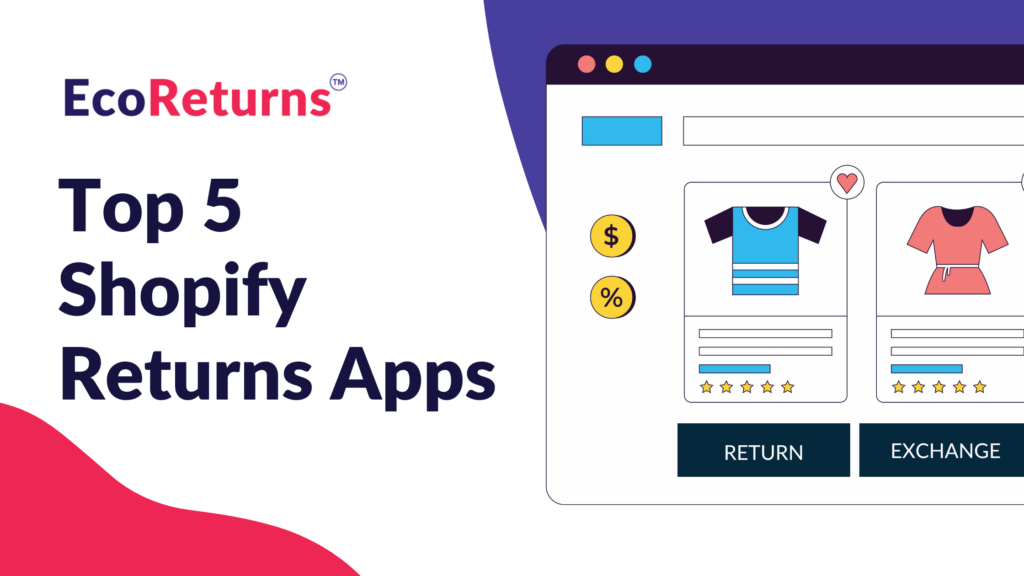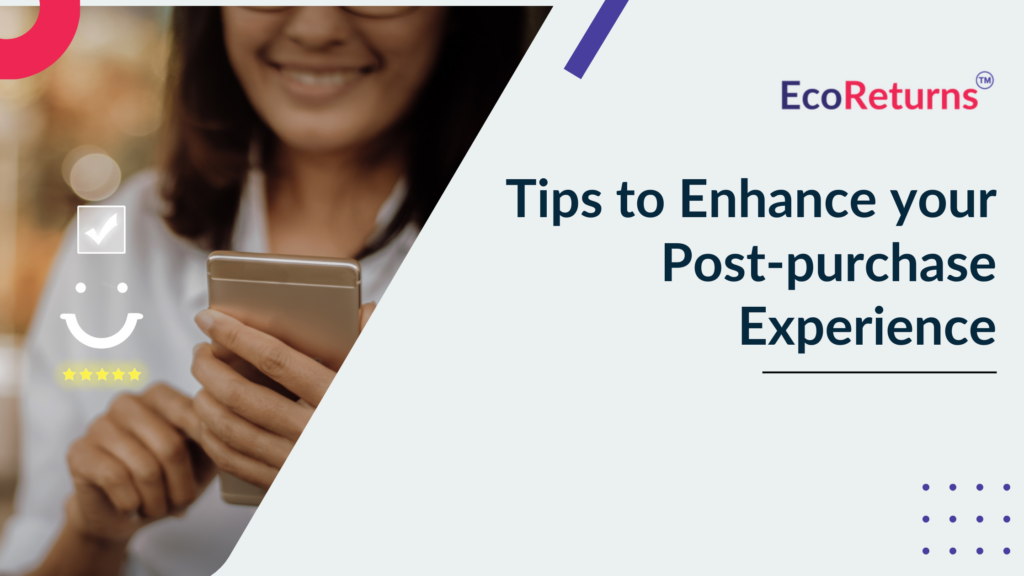In the world of e-commerce, returns are often viewed as a necessary evil – a cost of doing business that eats into profits and disrupts operations. However, returns can also present valuable opportunities for upselling and customer retention. By implementing the right strategies, Shopify returns can be transformed from a burden into a powerful tool for growth. Let’s dive right in…
Embrace the Return Process
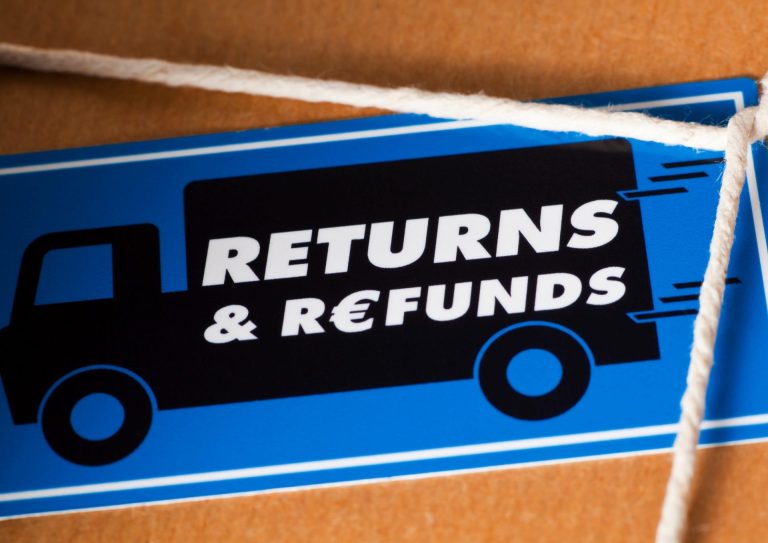

The first step in turning Shopify returns into opportunities is to embrace the return process as an integral part of your customer experience. According to Invesp, the average return rate for e-commerce purchases is approximately 20%, with certain industries experiencing even higher rates. Make the return process as seamless and hassle-free as possible, ensuring that customers feel confident in their ability to return items if needed. Provide clear instructions and multiple return options, such as in-store returns or prepaid return labels, to accommodate different preferences.
Upsell during the Return Process


According to HubSpot, upselling and cross-selling contribute to 10-30% of ecommerce revenue. While processing returns, take advantage of the opportunity to upsell additional products or services to your customers. Use personalized recommendations based on their previous purchases or browsing history to suggest complementary items that they may be interested in. Offering a discount or special promotion on upsell items can further incentivize customers to make an additional purchase, helping to offset the cost of the return.
Turn Shopify Returns into Exchanges


Instead of simply refunding returned items, consider offering customers the option to exchange their purchases for a different product or size. This not only helps to retain the customer and preserve the sale but also provides an opportunity to upsell higher-value items or accessories. By guiding customers through the exchange process and offering personalized recommendations, you can turn a return into a valuable upselling opportunity.
Offer Store Credit


Another effective strategy for turning shopify returns into opportunities is to offer store credit as an alternative to refunds. Customers who receive store credit instead of a refund are X times more likely to make another purchase. By providing customers with the option to receive store credit instead of a cash refund, you encourage them to make another purchase from your store. This not only retains the value of the original sale but also increases the likelihood of upselling additional items when the store credit is redeemed.
Leverage Customer Data for Personalization


Utilize the wealth of customer data available through your Shopify store to personalize the return and upselling experience. Barilliance found that personalized product recommendations account for 26% of a company’s revenue. Analyze past purchase history, browsing behavior, and demographic information to tailor your recommendations to each customer. Some returns management solutions now provide in-depth insights into the returns and exchanges. By delivering relevant and targeted upsell offers, you can increase the likelihood of conversion and maximize the value of each customer interaction.
Focus on Customer Retention
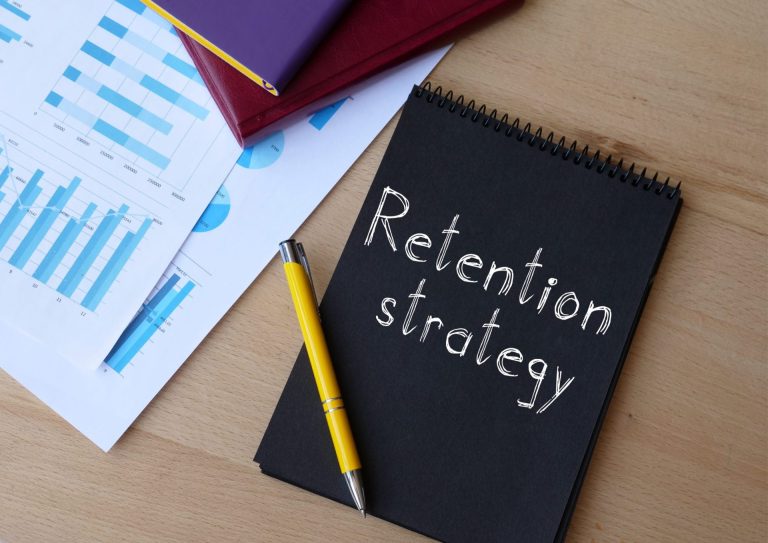

According to Bain & Company, increasing customer retention rates by 5% can increase profits by 25-95%. Ultimately, the goal of leveraging returns for upselling is not just to increase short-term revenue but to foster long-term customer relationships. Focus on providing exceptional customer service throughout the return process, demonstrating your commitment to customer satisfaction and loyalty. By turning returns into positive experiences and offering value-added services such as extended warranties or loyalty rewards, you can strengthen customer relationships and encourage repeat business.
In conclusion, turning Shopify returns into opportunities requires a proactive and strategic approach that prioritizes customer satisfaction and retention. By embracing the return process, upselling during returns, leveraging customer data for personalization, and focusing on long-term retention, you can transform returns from a cost center into a driver of growth and profitability for your Shopify store.
